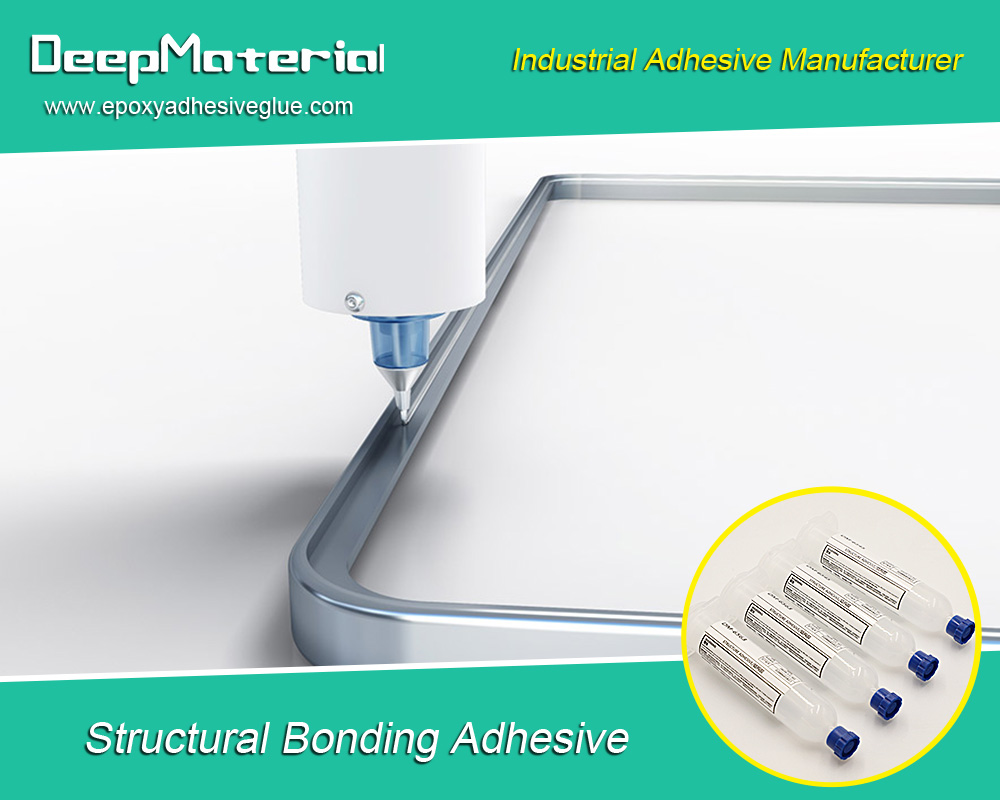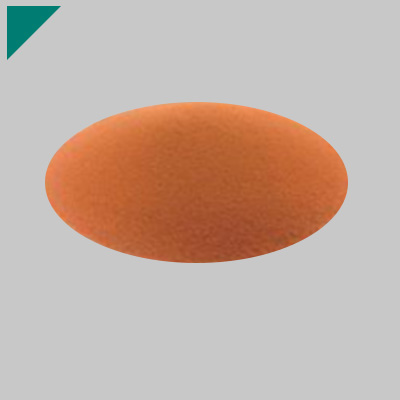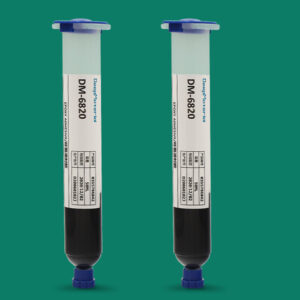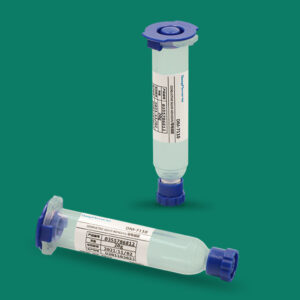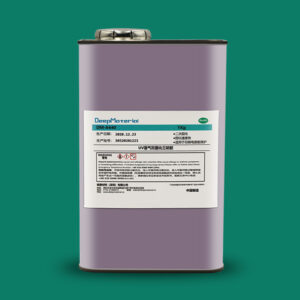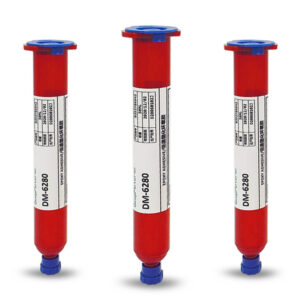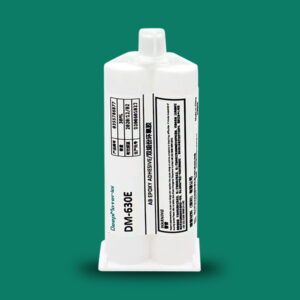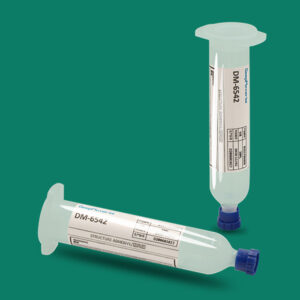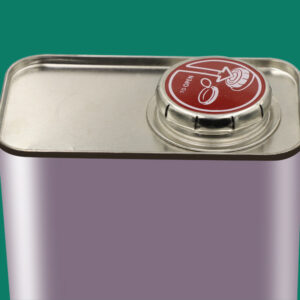Innovative Application of Automatic Fire Suppression Material in Adhesives: Synergistic Effect of Improving Fire Safety and Bonding Performance
Innovative Application of Automatic Fire Suppression Material in Adhesives: Synergistic Effect of Improving Fire Safety and Bonding Performance
This article deeply explores the application of automatic fire suppression materials in adhesives. It expounds on the importance and working principles of automatic fire suppression materials in fire safety systems, and analyzes the characteristics of different types of automatic fire suppression materials, such as fire suppression sprays, fire-resistant fabrics, thermoplastic and intumescent coatings, and fire suppression gels. A detailed study is conducted on the performance changes of adhesives after combining with these materials, including the improvement of fireproof performance and the impact on the original bonding properties of the adhesives. The application potential in various fields such as industry, construction, and electronics, as well as the challenges and future development directions are discussed, aiming to provide a theoretical basis and practical reference for enhancing fire safety and the comprehensive performance of materials.
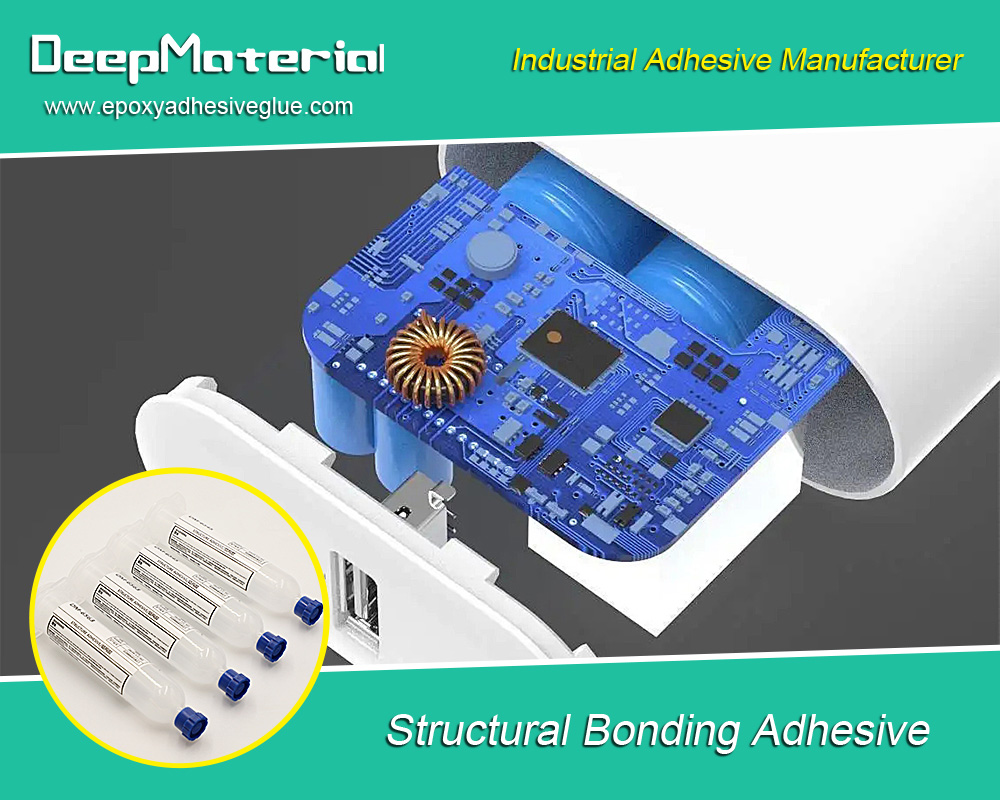
Overview of Automatic Fire Suppression Materials
1. Definition and Working Principle
Automatic fire suppression materials refer to materials that can automatically respond and play a fire suppression role when a fire occurs. Their working principle is mainly based on the detection of physical or chemical signals related to fire, such as heat, smoke, and flames. Once a fire signal is detected, the automatic fire suppression materials will release fire suppression substances through chemical reactions or physical changes to suppress the development of the fire. Common working methods include releasing fire suppression gases, forming thermal insulation layers, and blocking the supply of oxygen.
2. Types and Characteristics
- Fire Suppression Sprays: Usually based on wet chemical or foam materials, they are commonly used in enclosed spaces such as kitchens, laboratories, and industrial facilities. When a fire occurs, the spray will quickly release fire suppression agents to form a barrier to isolate oxygen, effectively extinguishing small to medium-sized fires. Its advantage is high fire suppression efficiency, which can quickly control the fire.
- Fire-resistant Fabrics: These include fabrics used for making protective clothing and building materials. In a high-temperature environment, these fabrics will be automatically activated to release flame-retardant chemicals or form a fire-resistant barrier. Fire-resistant fabrics have the characteristics of light weight and good flexibility, which can effectively prevent the spread of fire and are often used to protect workers’ safety, vehicle interiors, and building insulation.
- Thermoplastic and Intumescent Coatings: Intumescent coatings will expand when heated to form a thick thermal insulation layer to protect the underlying surface from fire damage. This type of coating is often used in parts such as steel beams, doors, and structural supports of commercial buildings to provide long-term fire protection.
- Fire Suppression Gels: They can be applied to the surface to form a fireproof barrier and are often used for wildfire suppression, which can effectively slow down the spread of fire among vegetation. It has good adaptability to both natural and artificial surfaces and can prevent the spread of fire.
Basic Principles and Classification of Adhesives
1. The Bonding Principle of Adhesives
The bonding effect of adhesives is mainly based on the intermolecular forces, including van der Waals forces, hydrogen bonds, and chemical bonds. When the adhesive is applied to the surfaces of two objects, the adhesive molecules will interact with the molecules on the surfaces of the objects to form a tight bond. As the adhesive cures, the intermolecular forces are enhanced, thus achieving a firm bond between the two objects.
2. Common Types of Adhesives
- Epoxy Resin Adhesives: They have high strength, high chemical resistance, and good heat resistance, and are commonly used for bonding materials such as metals, ceramics, and plastics.
- Polyurethane Adhesives: They have good flexibility and wear resistance and are suitable for bonding various elastic materials and porous materials, such as rubber, wood, and fabrics.
- Silicone Adhesives: They have excellent weather resistance, high-temperature resistance, and electrical insulation properties and are often used in fields such as building sealing and fixing electronic components.
- Acrylate Adhesives: They have a fast curing speed and high bonding strength and are widely used for the rapid bonding of materials such as plastics, metals, and glass.
Application Research of Automatic Fire Suppression Materials in Adhesives
1. Modes of Combination and Technical Difficulties
The ways of combining automatic fire suppression materials with adhesives mainly include physical mixing and chemical modification. Physical mixing is to uniformly disperse the particles of the fire suppression materials in the adhesive. This method is simple and easy to implement, but there may be problems such as uneven dispersion and poor stability. Chemical modification is to introduce the active components of the fire suppression materials into the molecular structure of the adhesive through chemical reactions to achieve a more stable combination, but the technical difficulty is relatively high, and the reaction conditions need to be precisely controlled. In practical applications, how to ensure the uniform dispersion of automatic fire suppression materials in the adhesive, not affect the curing process of the adhesive, and maintain long-term stability are the main technical difficulties faced.
2. Impact on the Performance of Adhesives
- Improvement of Fireproof Performance: After adding automatic fire suppression materials, the fireproof performance of the adhesive is significantly improved. When a fire occurs, the fire suppression materials can quickly respond to inhibit the spread of the flame and extend the fire resistance time of the material. For example, the adhesive containing intumescent coating materials will expand to form a thermal insulation layer when heated, effectively protecting the bonded part from fire damage.
- Changes in Bonding Performance: The addition of automatic fire suppression materials may have a certain impact on the bonding performance of the adhesive. On the one hand, the particles of some fire suppression materials may interfere with the interaction between the adhesive molecules and the surface of the bonded object, resulting in a decrease in bonding strength. On the other hand, the change in the molecular structure of the adhesive after chemical modification may change its bonding characteristics. However, through the reasonable selection of automatic fire suppression materials and the optimization of the formulation, it is possible to minimize the negative impact on the bonding performance while improving the fireproof performance. Research shows that with a carefully formulated recipe, the adhesive can still maintain high bonding strength while obtaining good fireproof performance to meet the needs of practical applications.
3. Analysis of Application Cases
- Industrial Field: In chemical production equipment, adhesives added with fire suppression gels are used for the sealing and bonding of pipelines and equipment. When a fire occurs, the adhesive can quickly form a fireproof barrier to prevent the fire from spreading to the inside of the equipment, effectively protecting the equipment and production safety.
- Construction Field: In the building exterior wall insulation system, adhesives containing fire-resistant fabric fibers are used to bond the insulation panels. This adhesive not only has good bonding performance but also can provide additional fire protection when a fire occurs, delaying the spread of the fire and buying time for personnel evacuation and fire rescue.
- Electronic Field: In the assembly of electronic devices, adhesives added with components of fire suppression sprays are used to fix electronic components. This adhesive can not only ensure the firm bonding of the components but also quickly extinguish the fire when a short circuit in the device causes a fire, protecting the expensive electronic devices.
Application Prospects and Challenges
1. Potential Application Fields
- Transportation: In the manufacturing of automobiles, airplanes, and other transportation vehicles, the application of adhesives containing automatic fire suppression materials can improve the fireproof performance of the interior of vehicles and airplanes, reducing the harm to passengers when a fire occurs.
- Aerospace: In the aerospace field, the requirements for the fireproof performance and reliability of materials are extremely high. The combination of automatic fire suppression materials and adhesives is expected to be applied to the structural bonding and equipment fixation of aircraft, improving the safety of aircraft in extreme situations.
- Energy: In the energy industry such as oil and gas extraction and power production, the use of fireproof adhesives can effectively prevent the occurrence of fire accidents and ensure the safe operation of energy facilities.
2. Challenges Faced
- Cost Issues: Currently, some high-performance automatic fire suppression materials are relatively expensive, and applying them to adhesives will increase the production cost of the adhesives, which may limit their application in the large-scale market.
- Compatibility Issues: There are differences in the compatibility between different types of automatic fire suppression materials and adhesives, and a large number of experiments and research are needed to ensure that the two can be well combined without affecting the original performance of the adhesive.
- Regulations and Standards: Currently, the relevant regulations and standards for the application of automatic fire suppression materials in adhesives are not perfect enough, which brings certain difficulties to the research and development, production, and market promotion of products.
3. Future Development Directions
- Research and Development of Low-cost and High-performance Automatic Fire Suppression Materials: Through innovation in materials science, develop automatic fire suppression materials with lower cost and better performance, reduce application costs, and improve market competitiveness.
- Optimization of Formulation and Process: Further study the combination method of automatic fire suppression materials and adhesives, optimize the formulation and production process, improve the compatibility and stability of the two, and achieve the best balance between fireproof performance and bonding performance.
- Promote the Perfection of Regulations and Standards: Industry associations and relevant institutions should strengthen cooperation to promote the establishment of a sound system of regulations and standards, standardize the research and development, production, and application of products, and promote the healthy development of the market.

Conclusion
The application of automatic fire suppression materials in adhesives has broad prospects and important practical significance. By combining automatic fire suppression materials with adhesives, the fireproof performance of adhesives can be significantly improved, providing more reliable protection for fire safety in various fields. Although there are still some challenges in the application process, such as cost, compatibility, and regulations and standards, with the continuous progress of technology and in-depth research, these problems are expected to be gradually solved. In the future, the application of automatic fire suppression materials in adhesives will continue to expand, making greater contributions to promoting the development of fire safety technology and improving people’s quality of life. We look forward to more scientific research achievements and innovative products being applied in practice to provide strong support for building a safe and reliable social environment.
For more about choosing the best innovative application of automatic fire suppression material in adhesives: synergistic effect of improving fire safety and bonding performance, you can pay a visit to DeepMaterial at https://www.epoxyadhesiveglue.com/category/epoxy-adhesives-glue/ for more info.


